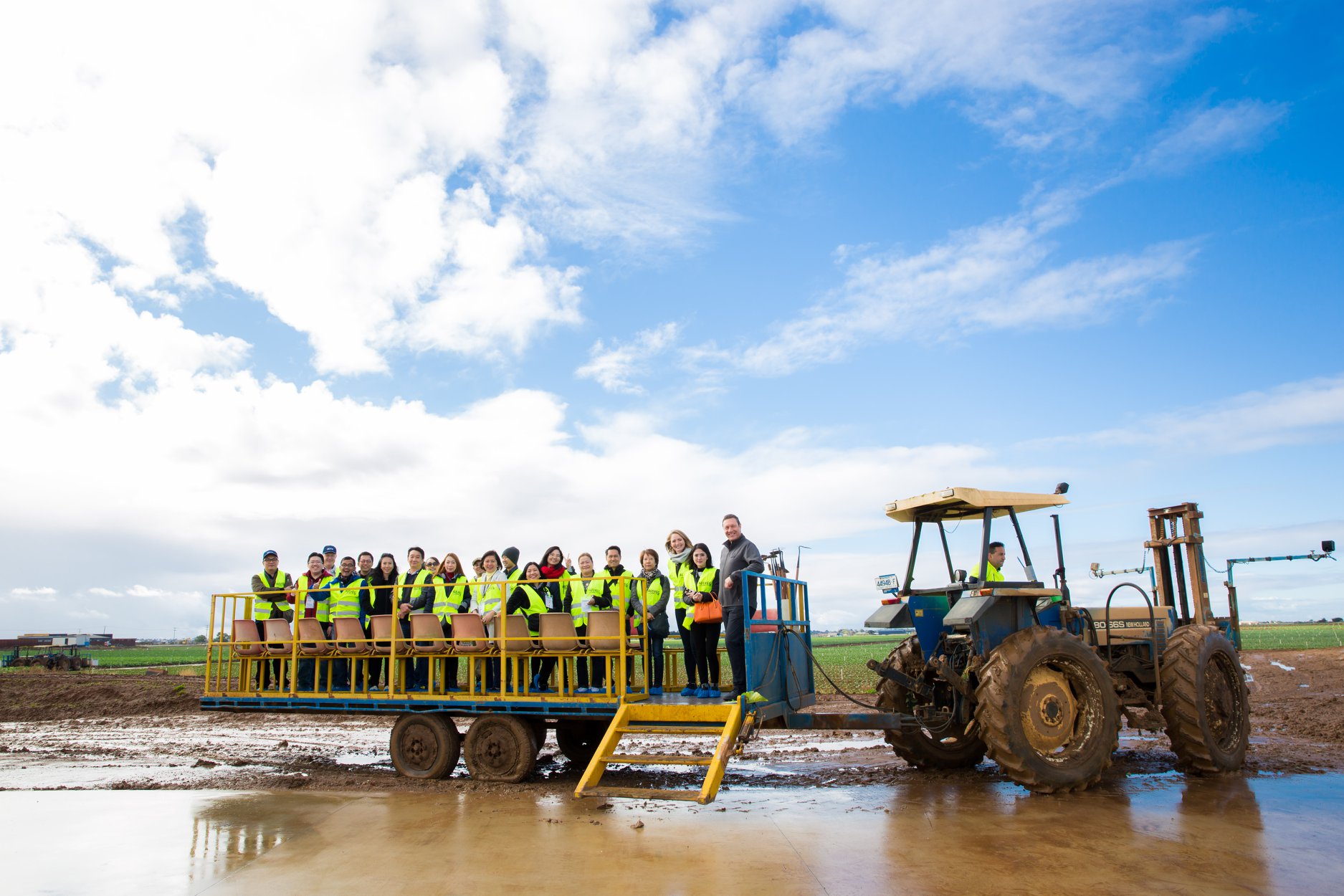Australian fruit and vegetables on display for international buyers – Retail World Magazine

- by Admin
- May 26, 2024

“World-class” Australian produce and leading growing businesses will be on display to an international audience this week, as fruit and vegetable buyers from key export markets across the Asia Pacific region and Middle East land in Australia to build business connections with local horticulture growers.
Almost 40 buyers representing 12 export markets will arrive in Melbourne on 28 May to begin the week-long Reverse Trade Mission delivered by AUSVEG, and funded by Hort Innovation using the vegetable, onion and melon research and development levies and contributions from the Australian Government.
“Australian growers produce some of the best vegetables and fruit in the world, and during this Reverse Trade Mission we’ll be introducing that produce – and the people who grow it – to importers from right around Asia, the Pacific and the Middle East,” says AUSVEG CEO Michael Coote.
“The personal and business connections and mutual learning local suppliers and international buyers get from trade missions like this are a key part of our ongoing efforts to provide Australian growers with opportunities to develop international business opportunities.”
The visiting importers hail from Malaysia, the UAE, Singapore, Hong Kong, Japan, Indonesia, the Pacific Islands, the Philippines, Saudi Arabia, South Korea, Taiwan and Thailand.
During the Reverse Trade Mission, international buyers will visit vegetable growers in Victoria’s Werribee, Bacchus March and Gippsland regions, before travelling to Tasmania to spend a day with growers around Devonport.
On returning to Victoria, delegates will visit growers at Somerville, the cutting edge Steritech food safety treatment facility in Cranbourne, the South Melbourne Market and a number of retail outlets.
The Reverse Trade Mission will culminate on 3 June with an Australian fresh produce display linked to Hort Connections – the southern hemisphere’s “largest” horticulture industry conference, running in Melbourne from 3-5 June.
“Australia exported $2.79 billion worth of horticultural products in 2022/23, which accounted for 12% of total Australian horticultural production. Fresh fruit made up nearly half of this, nuts 34%, and fresh vegetables nine per cent, with flowers, nursery and processed produce making up the remainder.
“In 2023, Australian fresh vegetable exports were worth $247 million at 193,984 tonnes. The ASEAN markets are by far the largest destination for Australian fresh vegetable exports, accounting for 37% by value.”
The Reverse Trade Mission is delivered by AUSVEG as part of the Multi-Industry Export Program, funded by Hort Innovation using the vegetable, onion and melon research and development levies and contributions from the Australian Government. Victorian components of the Reverse Trade Mission have been organised in collaboration with Global Victoria and the Victorian Government, and Tasmanian components have been organised in collaboration with the Tasmanian Government’s Department of State Growth.
The Latest News
-
December 24, 2024North Lamar Australian Basketball
-
December 24, 2024We asked Golf Digest writers the story they were proudest of in 2024, and why – Australian Golf Digest
-
December 24, 2024Blueprint for success: how Australian architects made the world take notice in 2024
-
December 24, 2024‘Novak Djokovic will only care about the Australian Open and Wimbledon’
-
December 24, 2024PNG-Australia NRL Deal: K1.7 billion economic boost and 10,300 jobs expected





